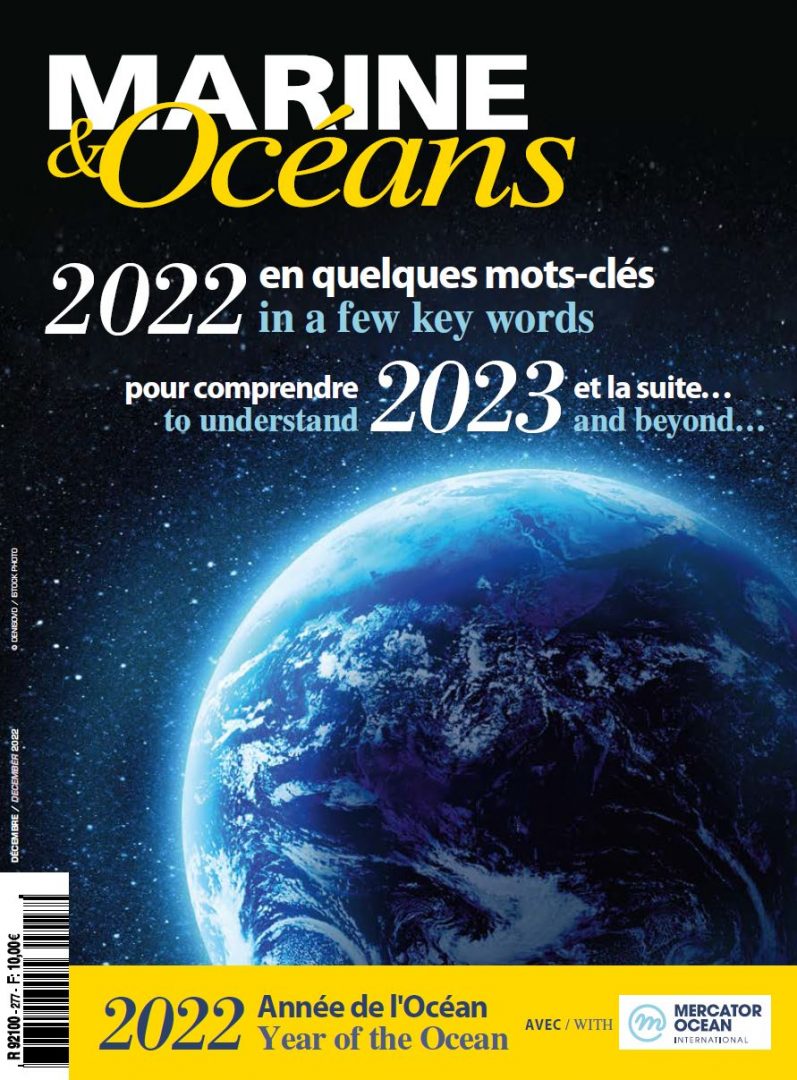“The Indian Ocean region is essential to meet the strong growth in LNG consumption in Asia.”
Interview By Bertrand de Lesquen

As a whole, is the Indian Ocean a strategic region for LNG?
To date, the Indian Ocean represents between 25 and 30% of the world’s LNG flow, mostly driven by exports from the Middle East (notably Qatar) to Asia, where 70% of the world’s LNG consumption is concentrated. In the event of congestion of the Panama Canal, as observed in 2020, the Indian Ocean also remains the preferential access route for American LNG to Asia, via the Cape of Good Hope. Yes indeed, the Indian Ocean region is essential to meet the strong growth in LNG consumption in Asia, particularly in China.
The recent discovery of a very large gas field in the Mozambique Channel is about to transform this country into a gas giant. What impact could it have on the LNG market and on the Indian Ocean region?
There is indeed significant potential for LNG in Mozambique, which is expected to become one of the world’s top 10 or even top 5 LNG producers in the coming years. Mozambique decided to invest in the Coral FLNG (ENI) and Mozambique LNG-1 (Total) liquefaction projects for a total of more than 16 million tons per year (mtpa) of LNG, plus another major liquefaction project, of more than 15 mtpa, led by Exxon Mobil. But, as you know, the situation in Mozambique is currently very tense and the deterioration of security conditions there could hamper the development of LNG exportation in the country.
How is the global LNG market status to date?
Despite the Coronavirus crisis, demand for LNG rose in 2020. The long-term trend in LNG demand growth remains very strong, with an expected growth of 3 to 4% per year by 2040, notably due to the environmental performance and very competitive cost of LNG compared to coal or oil. It results in many decisions of investment in liquefaction plants, with a 2019 record (71 mtpa sanctioned?, i.e., 20% of the existing production capacity), and in early 2021 the all-time largest investment decision in volume, made by Qatar with 33 mtpa. In addition, LNG remains a commodity that is still widely contracted on a long-term basis, with 15-20 year buying contracts thus contributing to make demand projections more stable and safer. To date, the spot market[1] only represents 30% of LNG global exchanges, the rest being contracted.
For which reason is this market expanding like this?
LNG has many environmental, economic and geopolitical benefits: first of all, it can rapidly reduce emissions by dividing CO2 emissions by two compared to coal, by totally eliminating sulphur oxide and fine particle emissions and nearly all nitrogen oxide emissions. It also provides an excellent complement to the intermittent nature of renewable energies thanks to the high degree of flexibility of gas-powered plants. It also presents an added benefit in terms of energy security for importers, who can import their LNG from Qatar, Australia, Russia and the United States, and then change their supplier at the end of the contract period. All of this at a very competitive cost, which has decreased sharply in recent years, notably due to the arrival of the United States on the market in the mid-2010s.
What about the facilities needed for its production?
A certain number of infrastructures are necessary to launch an LNG production programme. At first, you need gas fields. As an example, it is the discovery of important fields in Mozambique that made possible the development of LNG industry in this country. Then you need liquefaction plants, and gas tankers to transport your production throughout the world. Finally, regasification plants will be necessary to inject the gas into the local network. It is interesting to note that Mozambique is also going to import LNG, like other gas-producing nations did before it, using an FSRU (Floating Storage Regasification Unit) now being reconverted. This explains as Mozambique’s gas consumption areas remain distant from production zones and that there is no pipeline network in between. As a result, the LNG is going to replace oil to produce a cheaper and cleaner electricity.
What is the added value of the GTT Group on this market, and how does it adapt to its evolution?
The LNG transportation market is in constant evolution with more and more efficient ships, consuming less and less fuel, and requiring constantly decreasing boil-off rates. As a result, during the last decade, GTT sold numerous low boil-off technologies – Mark III Flex, Mark III Fex +, NO96GW among others, which permitted to divide by two the cargo’s boil-off rates (up to 0.07%/day today vs 0.15% ten years ago). Beyond our core mission, where we still innovate a lot, GTT has developed in the field of more digital solutions, or Smart Shipping, with the acquisition of Ascenz, Marorka and OSE Engineering. The potential of optimisation of both consumption and costs remains a crucial issue for shipowners. Our packaged offer, both technology and digital-based, allows to fully meet the challenges of our customers, today, and even more tomorrow.
- A spot market (also called cash market) is a market where negotiated commodities are delivered and paid immediately.


